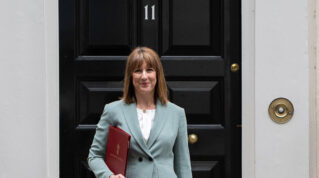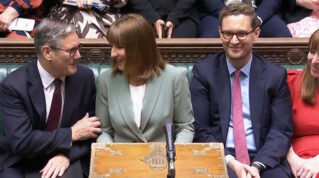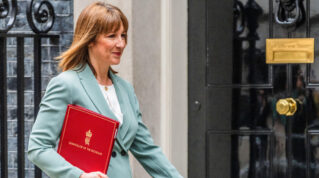New school funding statistics published by the government hide the reality of stretched budgets as they may under-estimate inflation and do not factor in sixth form cuts, experts claim.
The government has published statistics on how school funding for five to 16-year-old pupils has changed over the past 14 years.
It follows an order from the UK Statistics Authority in 2019 that it must publish a “comprehensive set” of official figures on school funding.
The DfE’s new analysis estimated average per-pupil funding will be £7,570 in real-terms in 2024-25, above the level it was in 2010. Ministers had pledged to bring funding back to 2010 levels.
However, the analysis conflicts with that of the Institute for Fiscal Studies, which warned last year that schools’ spending power would be four per cent lower by 2024 because of rising costs.
The IfS includes the effects of changing sixth form funding, early years funding and spending by local authorities in its analysis. Meanwhile, the DfE analysis also included funding for teacher pension contributions from 2019.
DfE challenged over inflation figure
The government has also been challenged on its use of the GDP deflator inflation measure.
Luke Sibieta, research fellow at the IfS, said: “In normal times and over the long-run, the GDP deflator provides a fair picture of real-terms changes.

“However, this is not a normal time. A large part of the recent spike in inflation has been caused by a spike in imported energy prices. This is not properly captured in the GDP deflator, but will be affecting schools.
“For this reason, we calculate our own measure of school cost inflation, including staff and non-staff costs.”
Julia Harnden, funding specialist at the ASCL leaders’ union, also said that CPI was a “more realistic measure”, adding the statistics “do not tell the whole story.”
She added: “It’s clear that many schools remain in a very difficult financial position. The chancellor must use the spring budget to invest in education.”
















Your thoughts